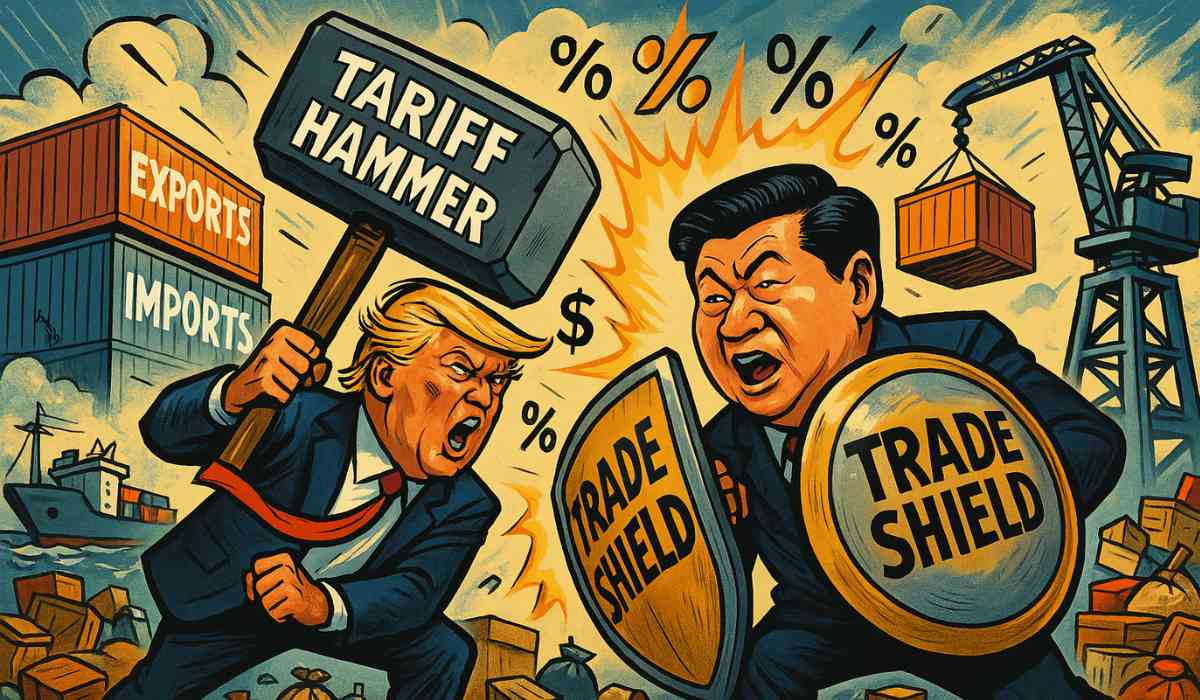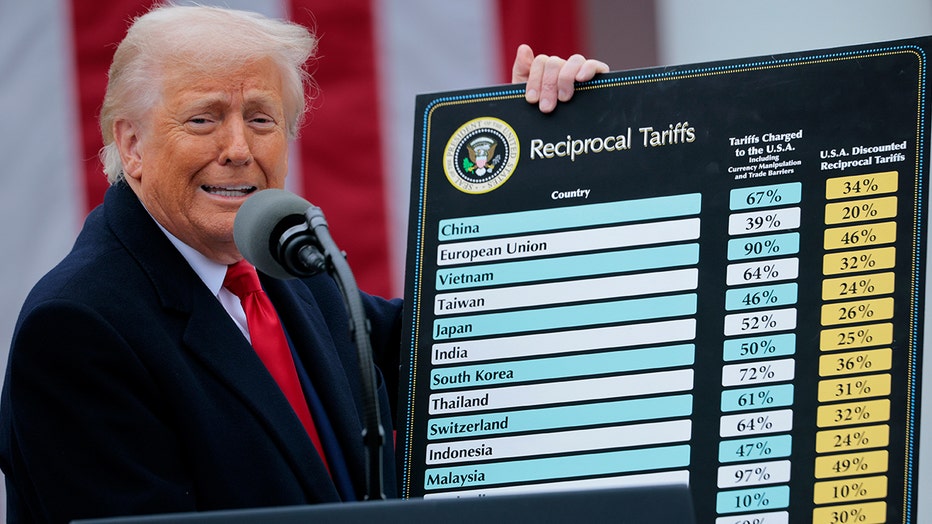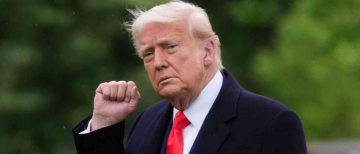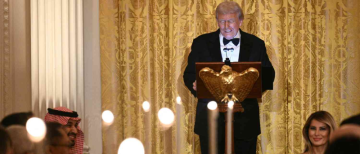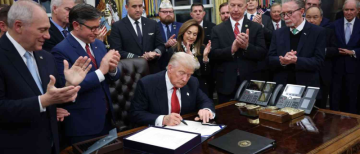The recent escalation in trade tensions between the United States and China has captured the attention of the world. The imposition of a 104% tariff on Chinese goods by President Donald Trump has sparked widespread concern about the potential impact on global trade and economies. As the situation unfolds, many are wondering if the White House's call for restraint can help calm these tensions.

Understanding the Tariffs
To grasp the complexity of the situation, let's first understand what tariffs are.
Tariffs are taxes imposed by governments on imported goods. They are often used to protect domestic industries by making foreign products more expensive for consumers. However, they can also lead to retaliatory measures from other countries, creating a cycle of escalating trade tensions.
Tariffs are taxes or duties imposed by a government on imported or exported goods, primarily used to regulate trade, protect domestic industries, and generate revenue.
They serve as a powerful economic tool in global commerce and can significantly influence the pricing, availability, and competitiveness of goods in the marketplace. Typically, tariffs are levied as a percentage of the value of the imported item, such as a 10% tariff on $1,000 worth of electronics, which would mean an additional $100 paid to the government. The primary aim behind imposing tariffs is often to shield domestic producers from foreign competition by making imported goods more expensive and, therefore, less attractive to consumers.
For example, a country with a burgeoning steel industry may impose tariffs on imported steel to encourage local manufacturing and job creation. However, while tariffs can protect local industries in the short term, they can also have complex and often unintended consequences. Higher import costs are usually passed on to consumers in the form of increased prices, which can reduce purchasing power and trigger inflationary trends. Additionally, tariffs can provoke retaliatory actions from other countries, leading to trade wars that hurt multiple sectors across economies.
Imposing billions of dollars in tariffs on each other's goods disrupts supply chains and raises costs for businesses and consumers alike. Tariffs are also used as a strategic geopolitical tool. For instance, countries may use them to exert pressure on governments that violate trade rules, human rights, or environmental standards. Beyond punitive measures, tariffs are also structured under international agreements, such as those governed by the World Trade Organization (WTO), which seeks to limit unfair trade practices and ensure a level playing field for all members.
There are different types of tariffs, including ad valorem tariffs (charged as a fixed percentage of the product's value), specific tariffs (a fixed fee per unit, such as $0.50 per kilogram of rice), and compound tariffs (a combination of both). Policymakers must weigh the pros and cons carefully before imposing tariffs. On one hand, they can promote domestic growth and support industries in need of protection or nurturing; on the other hand, they can reduce international trade volume, create supply chain bottlenecks, and trigger inflation.
Some traders use Inqubeta Trade Predictor to trade better in the markets in such volatile situations.
In some cases, tariffs are also used temporarily to help new industries become competitive before opening them to the global market. In today’s increasingly interconnected world, where supply chains stretch across continents, tariffs play a more nuanced role than ever before. Their ripple effects can be seen in everything from the price of electronics and vehicles to the availability of agricultural goods and rare minerals. Understanding tariffs, therefore, requires more than just recognizing them as taxes—it demands an appreciation of their political, economic, and global implications. As countries navigate challenges like climate change, technological disruption, and shifting alliances, tariffs will remain at the center of global economic strategy and debate, shaping the future of international trade and economic diplomacy.
In this case, President Trump's decision to impose a 104% tariff on Chinese goods is a response to China's earlier announcement of a 34% tariff on American products. This back-and-forth has raised fears of a full-blown trade war, which could have far-reaching consequences for both countries and the global economy.
Impact on Consumers
Tariffs can significantly affect consumers. When tariffs are imposed, the cost of imported goods increases. This can lead to higher prices for consumers, potentially reducing demand and impacting businesses that rely on these imports. For example, if tariffs are placed on electronics from China, consumers in the U.S. might see higher prices for smartphones and laptops.
Impact on Businesses
Businesses are also heavily affected by tariffs. Companies that import goods from China may face increased costs, which could lead to reduced profit margins or higher prices for consumers. This can be particularly challenging for small businesses that rely on imported goods and may not have the resources to absorb these increased costs.
Impact on Global Trade
The impact of these tariffs is not limited to the U.S. and China. Global markets have already shown signs of distress, with stock prices plummeting and fears of a recession growing. The crypto market, too, has been affected, with significant drops in Bitcoin and Ethereum prices. This widespread instability underscores the interconnected nature of modern economies and highlights the potential risks of protectionist policies.
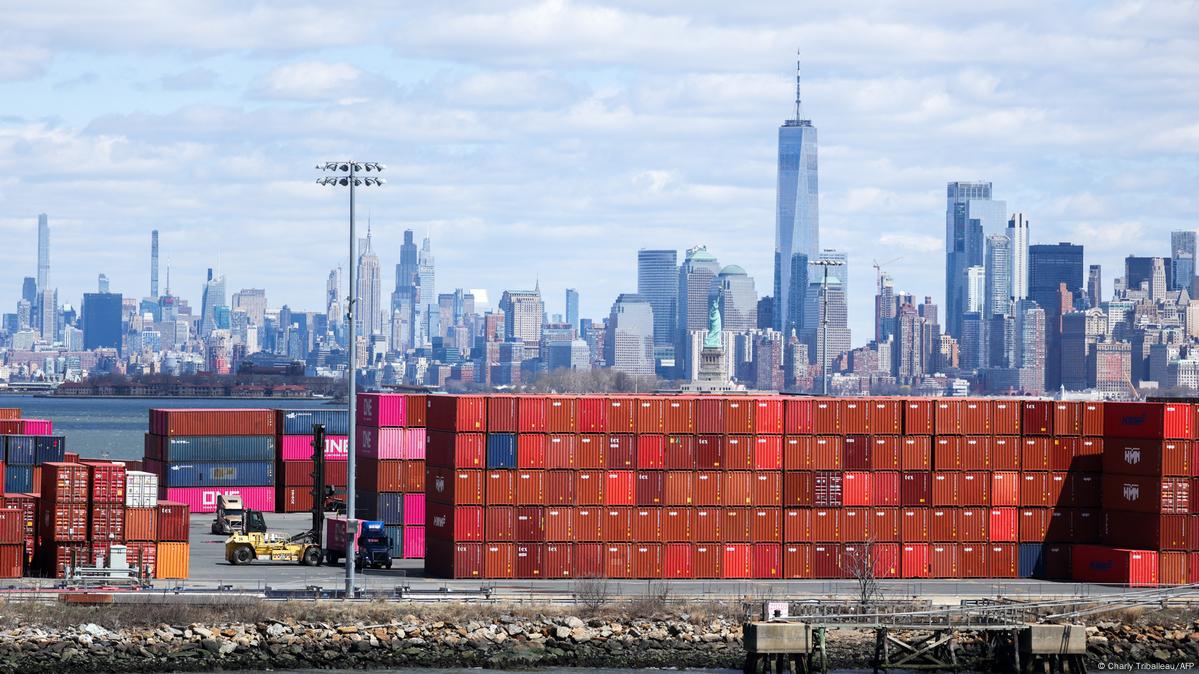
Global Economic Consequences
A full-blown trade war could lead to a global economic slowdown. As countries impose tariffs on each other, trade volumes decrease, and economic growth slows. This can lead to job losses and reduced consumer spending, further exacerbating the economic downturn.
Role of Other Countries
Other countries are watching the situation closely, as they too could be impacted by a trade war. Some nations might see opportunities in the situation, offering alternative trade partnerships to both the U.S. and China. For instance, countries like Vietnam and India could benefit from increased trade with the U.S. as companies look to diversify their supply chains.

China's Response
China has been clear in its stance, labeling the U.S. actions as "blackmail" and vowing to "fight to the end". The Chinese government has emphasized that tariff wars have no winners and that protectionism is not a viable solution. This firm stance suggests that China is unlikely to back down, at least not without significant concessions from the U.S.
China's Economic Challenges
China faces its own economic challenges, including a slowing economy and high levels of debt. However, China has been diversifying its trade relationships and investing heavily in infrastructure projects like the Belt and Road Initiative. These efforts aim to reduce China's dependence on any single trade partner.
:max_bytes(150000):strip_icc()/GettyImages-22087381971-8e24b3a06387458d979aee6e577219a2.jpg)
The White House's Call for Restraint
Despite the escalating tensions, there are voices within the U.S. administration calling for restraint. However, these calls are often overshadowed by the more aggressive rhetoric from President Trump and his advisors. The challenge lies in balancing the desire to protect American industries with the need to avoid a trade war that could harm both countries and the global economy.
Role of Diplomacy
Diplomacy plays a crucial role in resolving trade disputes. Engaging in meaningful dialogue and negotiations can help both sides find common ground and avoid further escalation. The U.S. and China have a history of complex trade negotiations, and past agreements have shown that cooperation is possible.
Can Restraint Work?
The question remains whether the White House's call for restraint can effectively calm the situation. For restraint to be successful, both sides would need to engage in meaningful dialogue, focusing on mutual benefits rather than punitive measures. China has already stated that any talks must be based on "equality, respect, and mutual benefit". This suggests that a genuine willingness to listen and compromise is essential for resolving the current impasse.
Moreover, the involvement of other countries could play a crucial role. Over 50 countries have expressed interest in starting trade talks with the U.S., potentially offering alternative trade partners and reducing dependence on China. This could provide leverage for the U.S. to negotiate better terms without resorting to tariffs.
Potential Solutions
-
Negotiations: Both countries should engage in serious negotiations to address trade imbalances and intellectual property concerns. This could involve concessions on both sides, such as reducing tariffs and improving market access.
-
Multilateral Agreements: Encouraging multilateral trade agreements can help stabilize global trade rules and prevent unilateral actions that lead to trade wars.
-
Diversification: Both the U.S. and China should consider diversifying their trade relationships. This could involve strengthening ties with other countries and investing in new markets.
Conclusion
The current trade tensions between the U.S. and China are a complex issue with no easy solutions. While the White House's call for restraint is a positive step, it will require sustained effort and genuine dialogue from both sides to calm the situation. The global economy is watching closely, hoping that leaders will find a path forward that benefits all parties involved.
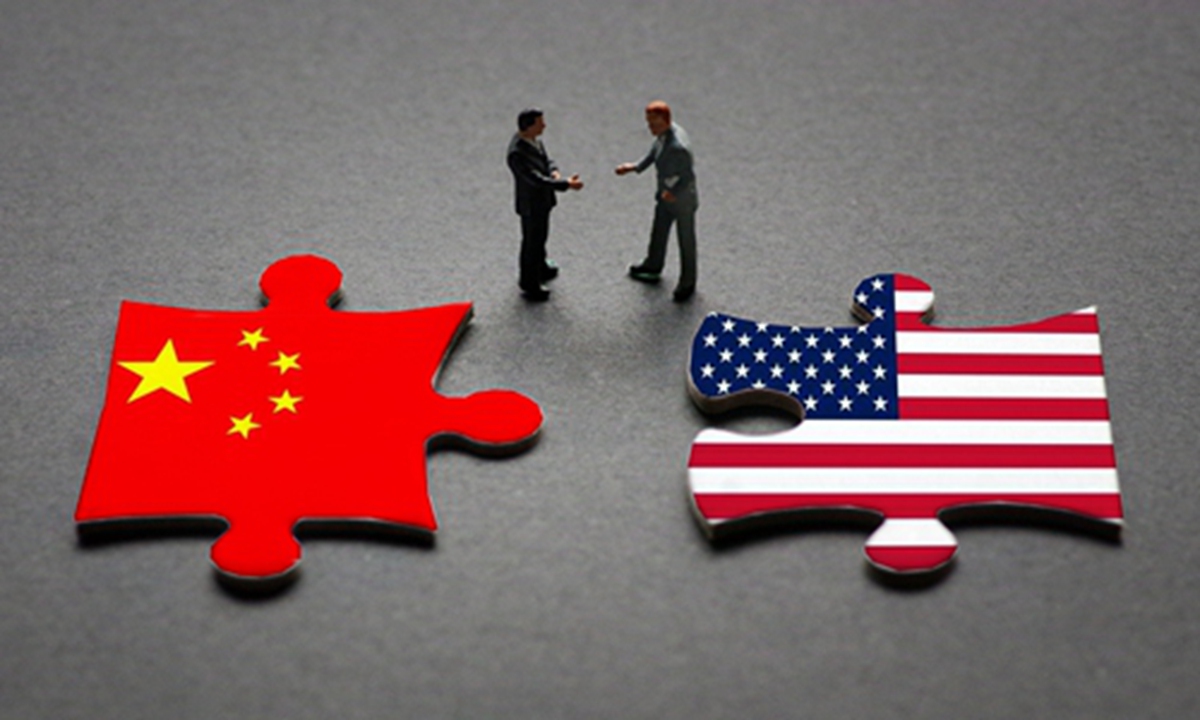
In the end, the success of restraint will depend on the ability of both nations to put aside their differences and work towards a mutually beneficial trade agreement. Until then, the world will continue to navigate the uncertain waters of international trade, hoping for a resolution that avoids the devastating consequences of a full-blown trade war.
Key Points to Consider:
-
Tariffs and Trade Wars: Tariffs can lead to retaliatory measures, creating a cycle of escalating tensions.
-
Global Impact: The effects of these tariffs are not limited to the U.S. and China but impact global markets and economies.
-
China's Stance: China views U.S. actions as "blackmail" and is committed to fighting back.
-
Call for Restraint: The White House's call for restraint may help calm tensions if both sides engage in meaningful dialogue.
-
Involvement of Other Countries: Over 50 countries are interested in trade talks with the U.S., potentially offering alternative trade partners.
As the situation continues to unfold, it remains crucial for leaders to prioritize dialogue and cooperation over confrontation. Only through mutual respect and understanding can we hope to navigate these challenging times and build a more stable global trade environment.
With inputs from agencies
Image Source: Multiple agencies
© Copyright 2025. All Rights Reserved Powered by Vygr Media.

